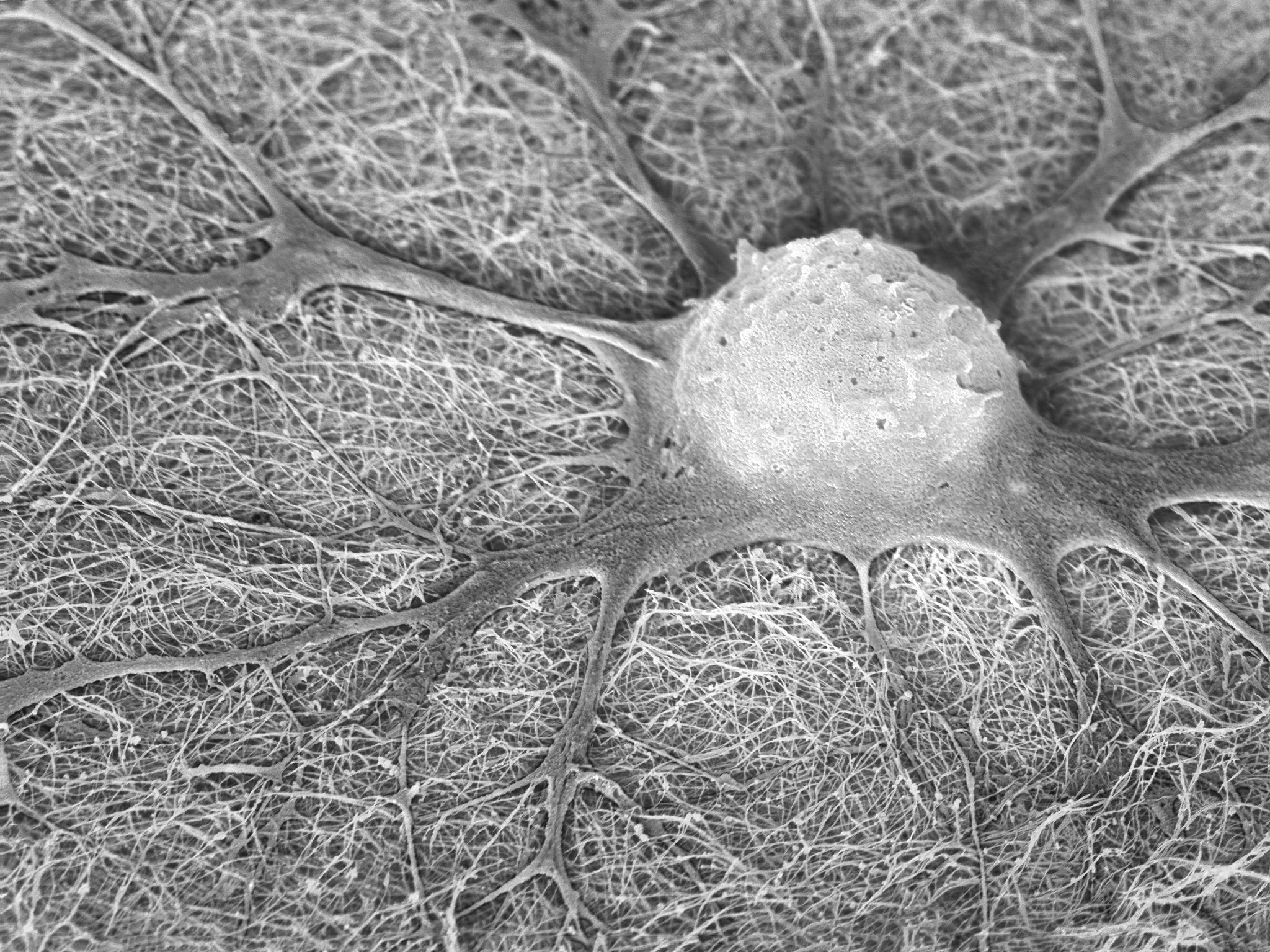ISSCR News

The ISSCR Opens Sold-Out Symposium Showcasing Momentum, Innovation, and New Clinical Data in PSC-Derived Cell Therapies
The International Society for Stem Cell Research (ISSCR) today opened its sold-out international symposium, Accelerating PSC-Derived Cell Therapies: Starting with the End in Mind, taking place 11-12 December at the Hyatt Regency Boston Cambridge. The meeting convenes a capacity audience of 360 global experts, alongside an at-capacity roster of biotech and pharma sponsors and exhibitors – underscoring the strength, interest and continued momentum in cell therapy development despite recent industry contraction.

Now Available: Free, On-Demand Course “Applying the ISSCR Standards for Research”
The International Society for Stem Cell Research (ISSCR) and STEMCELL Technologies today announced the launch of Applying the ISSCR Standards for Research, a free, on-demand course designed to help scientists integrate the ISSCR Standards for Human Stem Cell Use in Research into their work. The course provides practical guidance to strengthen rigor, reproducibility, and responsible use of human stem cells across the research pipeline.

Member Spotlight: Yasuhiro Takashima, MD, PhD
[ISSCR membership] allows me to build friendships with stem cell researchers from around the world.

Retinal Organoid Platform Identifies Biomarkers and Affords Genetic Testing for Retinal Disease
Leber Congenital Amaurosis (LCA) is an inherited retinal disease leading to severe vision impairment from early infancy, affecting 2-3 out of every 100,000 newborns. LCA is caused by variants in certain genes from which proteins essential for retinal cell function and survival are made. Mutations in over 20 different genes can cause LCA and in each of those genes, hundreds of different changes, known as genetic variants, can occur. Importantly, while some of these genetic variants are benign and do not compromise function, other variants cause dysfunction or complete loss of function. Further, for some of these variants, which are called variants of uncertain significance (VUS), it is currently not known if they are disease causing or benign.

Receive ISSCR Press Releases
Sign up be a part of ISSCR’s media list. Media Contact: Kym Kilbourne, Director of Media and Strategic Communications
Subscribe to ISSCR News.
Each month, ISSCR delivers scientific, policy, and community to your inbox .

